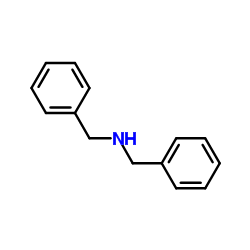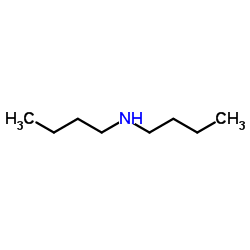| Structure | Name/CAS No. | Articles |
|---|---|---|
 |
Dibenzylamine
CAS:103-49-1 |
|
 |
Dibutylamine
CAS:111-92-2 |